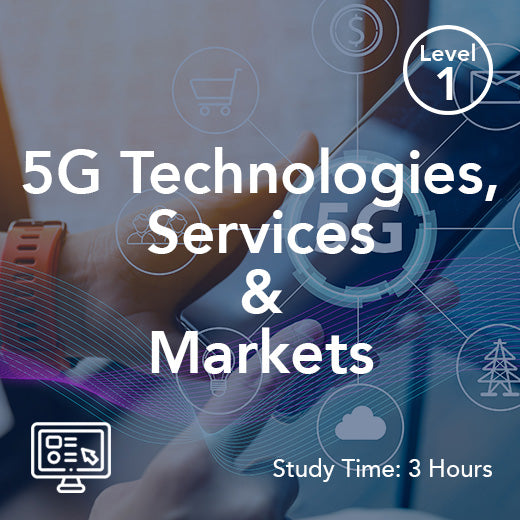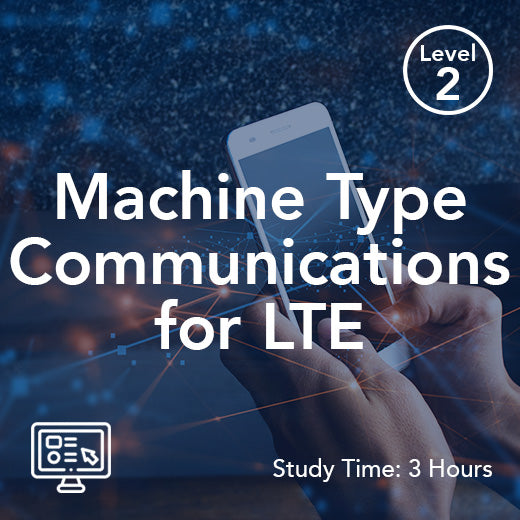ID cella fisica (PCI)
- , di Paul Waite
- 1 tempo di lettura minimo
Physical Cell ID (PCI) in telecommunications is a crucial parameter used in cellular networks to distinguish between neighboring cells. The PCI plays a significant role in ensuring efficient and reliable communication services for mobile users. The PCI is a unique identifier assigned to each cell within a network, allowing mobile devices to accurately identify and connect to the appropriate cell.
In the UK market, the allocation of PCIs is carefully managed to minimize interference between neighboring cells and optimize network performance. By assigning distinct PCIs to adjacent cells, operators can improve signal quality, reduce handover failures, and enhance overall network capacity. This meticulous PCI planning is essential in densely populated areas such as urban centers where multiple cells operate in close proximity.
Furthermore, the PCI also plays a critical role in cell reselection and handover procedures, ensuring seamless connectivity as mobile users move between different cells. By utilizing unique PCIs, mobile devices can quickly identify the strongest cell signal and smoothly transition between cells without service disruptions.
Overall, the effective management of PCIs in the UK telecom market is essential for maintaining high-quality mobile services, reducing interference, and optimizing network performance. By understanding the significance of PCIs and implementing robust PCI planning strategies, operators can enhance the reliability and efficiency of cellular networks, ultimately providing a superior mobile experience for users across the United Kingdom.










![[FN06sh] 5G AVANZATO (su richiesta)](http://wraycastle.com/cdn/shop/files/5G-Advanced.jpg?v=1741086243&width=645)












